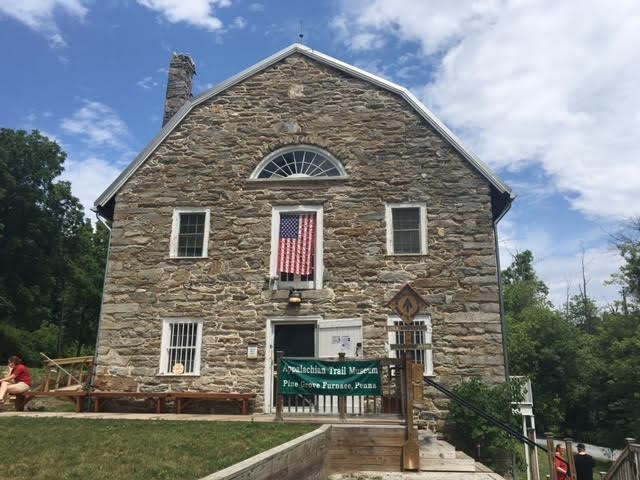Upcoming Events
September 1-5, 2016
Honolulu, HI
October27
Minneapolis MN
November 15-17, 2016
Houston, TX
|
|
Cuyahoga Valley National Park:
Rebuilding an Agricultural Landscape
|
Cuyahoga Valley National Park in Northeastern Ohio was originally created as a national recreation area in 1974 to serve the cities of Cleveland and Akron. The establishment of the 33,000 acre park was part of a larger National Park Service initiative to protect recreational open space in urban regions. The park preserves a largely rural landscape along twenty miles of the Cuyahoga River.
Historically, the land within Cuyahoga Valley was primarily used for agriculture, but, by the late 1990s, less than 4 percent of the land was still being farmed. As a result,
the agricultural character of the valley was being lost. Although farm land acquired within the national park was preserved as open space, it had fallen out of production and lost its meaning as rural cultural landscape
Inspired by the European approach to maintaining working agricultural cultural landscapes in protected areas, the park launched an innovative effort in 1999 to reintroduce farming. A new non-profit organization, the
Cuyahoga Valley Countryside Conservancy, was created to coordinate this initiative and bring the necessary technical expertise on sustainable agriculture as well as support for the re-use and adaptation of farm properties.
|
|
|
|
|
|
Living Landscape Observer
|
Partnership Lessons
along
Appalachian Trail

The Appalachian Trail Museum in Pennsylvania's Pine Grove Furnace State Park serves as a great introduction to the people who made the trail a reality. For insight into the intersection of the trail with the growth of the environmental movement and the need to secure permanent protection for the trail during the rise of the property rights movement, read Sarah Mittlefehldt's book Tangled Roots: The Appalachian Trail and American Environmental Politics (2013). In it, she offers a valuable perspective on forming conservation partnerships in a challenging world.
Read more here.
|
Bridging the Nature/Culture Divide with Ecological Restoration
How can the dissonance in our thinking between the goals of conserving 'nature' and 'culture' be resolved? One area where this question is being dealt with in an engaging way is the field of ecological restoration. What the dialogue within this field demonstrates is that far from being antagonistic towards each other, the goals of conserving 'nature' and 'culture' can be intricately intertwined and mutually reinforcing.
Off the west coast of Canada, on a small island in the Gulf Islands archipelago,
The Galiano Conservancy Association
offers an exciting model of how traditional nature conservation can be transformed by this approach.
|
|
Corporate Role in Parks Recalls Earlier Era, Presents New Challenges
This summer saw a flurry of critical articles centered on a proposed change in how the National Park Service solicits and recognizes private donations, including from corporate entities. But is the link between conservation and corporations actually new? And what does it reveal about deeper connections between economic change in the United States and the manner in which the country manages its public lands and historic sites? Read more.
|
In the News
And
In other job opportunities -The George Wright Society is seeking a new
US/ICOMOS is headed to Hawaii from September 1-5 for its 2016 International Symposium . Teaming up with the Hawaii State Historic Preservation Division, the National Park Service and others to support a joint ICOMOS-IUCN journey at the World Conservation Congress. Read more about this Nature - Culture Journey.
Minimal Maps -
Ei
ghty percent of the U.S. population
lives in "urban" areas
, a staggering
249,253,271, yet they live in just 3 percent of the country's 2.3 billion acres of land.
Michael Pecirno has produced images of America that illuminate all land use patterns, type by type. using 2014 USDA data. These Minimal Maps explore in rich detail how forests, grasslands, crops, and water spread across the contiguous states-each with its own map.
Most of America's 50 states are forestland (30 percent), pasture and ranges (27 percent), and crops (18 percent), with parks, tundra, and swamps making up the rest. Great opportunity to look at the big picture.
|
|
About Us
The Living Landscape Observer is a website, blog and monthly e-newsletter that offers commentary and information on the emerging field of large landscape conservation. This approach emphasizes the preservation of a "sense of place" and blends ingredients of land conservation, heritage preservation, and sustainable community development. Learn more about how you can get involved or sign up for the newsletter here. |
|
| |
|